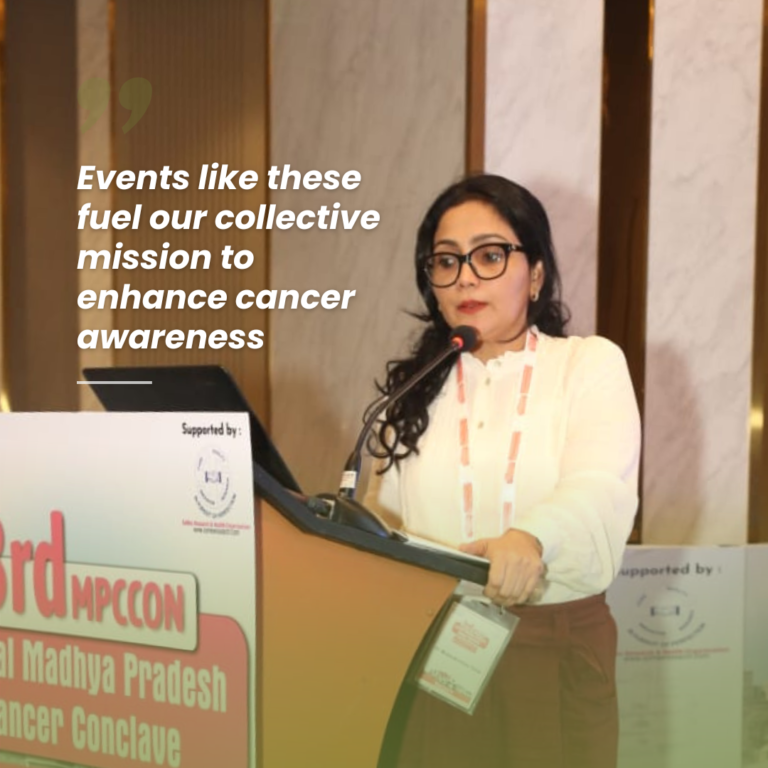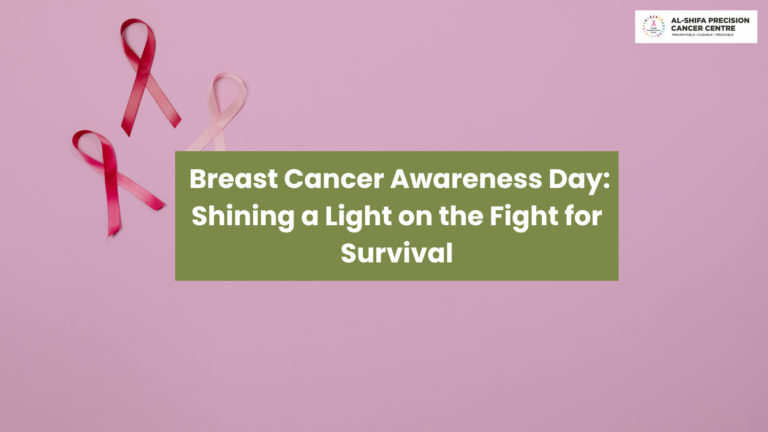As the global population continues to age, the incidence of cancer is steadily rising, highlighting the critical interplay between aging and cancer. Age is one of the most significant risk factors for developing cancer, with most cases diagnosed in people aged 65 and older. But why does the risk of cancer increase as we grow older? And how can understanding this relationship help in advancing cancer prevention and treatment?
Aging: A Biological Shift
Aging is a natural process marked by gradual changes in the body’s cells, tissues, and systems. Over time, the cells in our body accumulate genetic damage, experience reduced repair capacity, and become more susceptible to environmental and internal stressors. Cellular senescence—a state where cells lose the ability to divide and function effectively—is a key characteristic of aging. As these senescent cells build up, they release inflammatory signals that contribute to the aging process and create an environment conducive to cancer development.
Additionally, the body’s immune system weakens with age, becoming less effective at recognizing and destroying potentially cancerous cells. This age-related decline in immune function is known as “immunosenescence.” As a result, older adults are not only more likely to develop cancer but may also face challenges in responding to treatments, making cancer management in the elderly particularly complex.
Accumulation of Genetic Mutations
One of the primary reasons cancer risk increases with age is the accumulation of genetic mutations over time. Our cells naturally divide and replicate throughout our lives, but each division carries a slight risk of introducing errors, or mutations, in the DNA. Most of these mutations are harmless, but some can affect key genes that regulate cell growth, division, and repair. Mutations in genes such as oncogenes and tumor suppressor genes can lead to uncontrolled cell growth and the formation of cancerous tumors.
In younger individuals, these mutations are often corrected by the body’s repair mechanisms. However, as we age, the efficiency of these repair processes declines, allowing more mutations to persist. This accumulation of mutations, combined with age-related cellular changes, creates fertile ground for cancer to develop.
Age-Related Changes in the Tumor Microenvironment
The tumor microenvironment—the surrounding cells, blood vessels, and molecules that support tumor growth—also undergoes significant changes with age. As the body ages, tissues become more prone to chronic inflammation, which can stimulate cancer growth and progression. The increased presence of inflammatory factors, coupled with the reduced capacity for tissue repair, further promotes an environment where cancer can thrive.
Moreover, aging-related changes in blood vessels and connective tissues can limit the delivery of nutrients and oxygen to tissues, contributing to the growth of more aggressive cancer cells. This complex interaction between aging tissues and tumors highlights the importance of addressing age-specific factors in cancer treatment.
The Future of Cancer Prevention in an Aging Population
As life expectancy continues to increase worldwide, so too does the need for more targeted approaches to cancer prevention and treatment in older adults. Researchers are working to better understand the aging-cancer connection, aiming to develop interventions that address the unique needs of elderly patients. By focusing on strategies that slow aging processes, reduce inflammation, and enhance immune function, it may be possible to lower cancer risk and improve outcomes for aging populations.
In conclusion, the relationship between aging and cancer is multifaceted, driven by genetic, cellular, and environmental changes. Understanding how aging contributes to cancer development is crucial for developing better prevention, diagnostic, and treatment strategies, particularly in the elderly. With ongoing research and innovations in cancer care, there is hope for more effective treatments and improved quality of life for older cancer patients.



